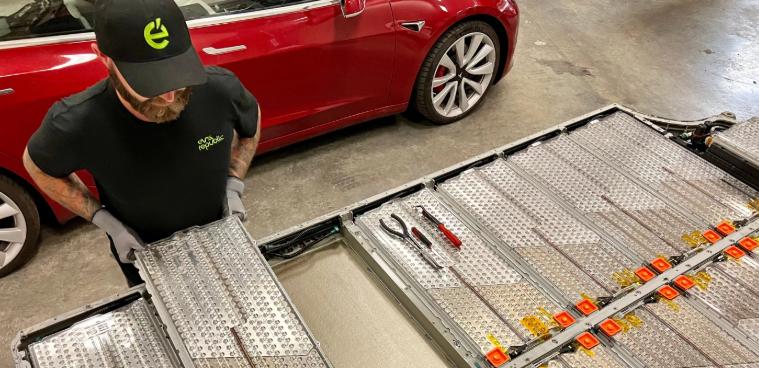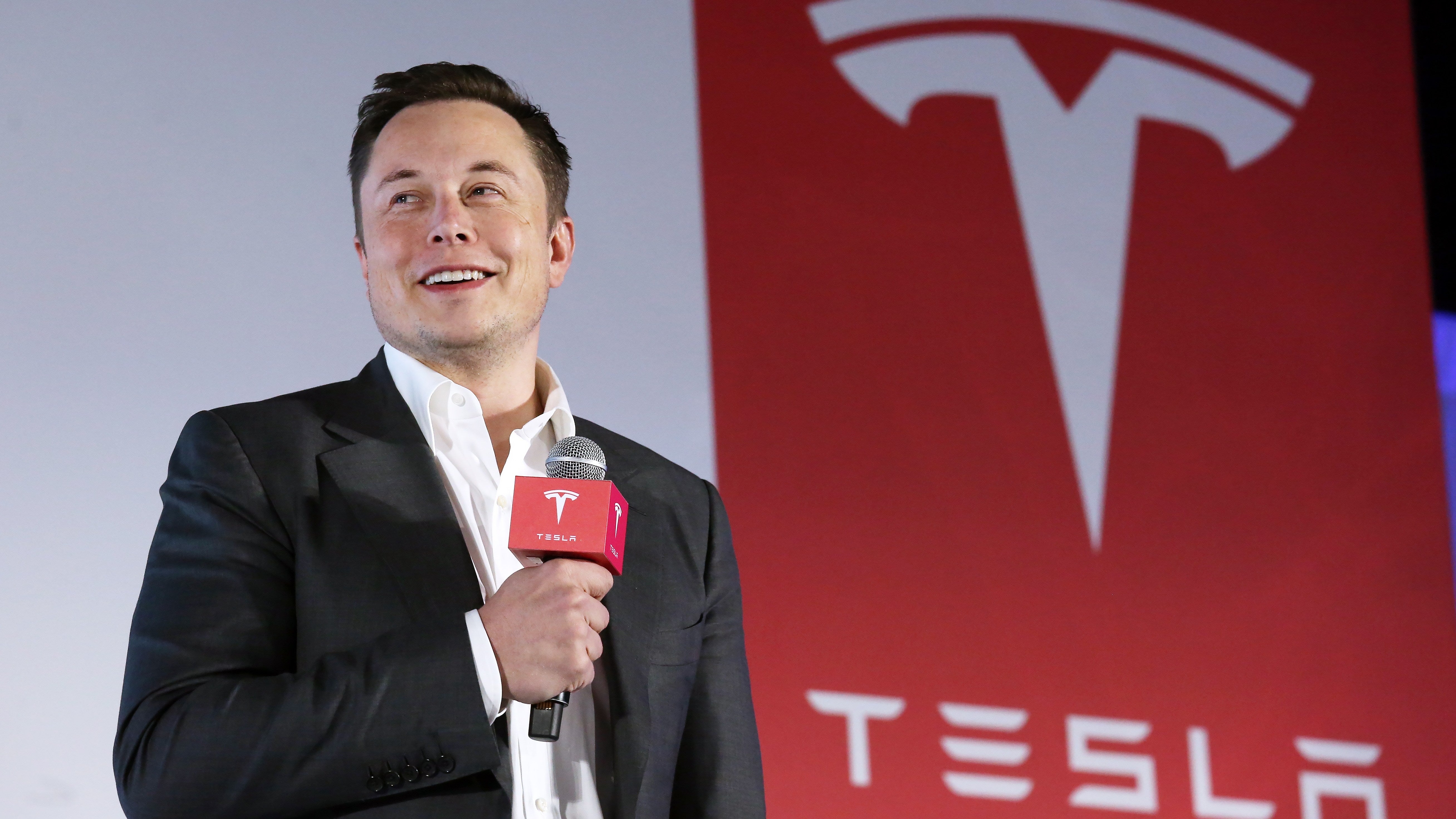As electric vehicles (EVs) continue to grow in popularity, concerns over long-term maintenance—particularly battery replacement—are top of mind for many prospective and current Tesla owners. The battery pack is the single most expensive component of an electric car, and Tesla, known for its cutting-edge technology, is no exception. In 2025, as more early-model Teslas age past their warranty periods, the question becomes increasingly relevant: How much does it cost to replace a Tesla battery today, and what factors influence that cost?
This article provides a comprehensive breakdown of Tesla battery replacement costs, warranty coverage, real-world data, contributing cost variables, and guidance for current and future Tesla owners.
1. Tesla Battery Replacement Costs by Model (2025 Estimates)
Battery replacement costs vary significantly depending on the Tesla model, battery size, and the type of replacement (full pack vs. module). Below are the 2025 estimated costs for out-of-warranty replacement:
| Tesla Model | Estimated Replacement Cost (USD) | Battery Size (kWh) | Approx. Labor Cost |
|---|---|---|---|
| Model 3 Standard Range | $12,000–$14,000 | ~55 kWh | $2,000–$2,500 |
| Model 3 Long Range | $14,000–$16,000 | ~75–82 kWh | $2,000–$2,500 |
| Model Y Long Range | $14,000–$16,500 | ~75–82 kWh | $2,000–$2,500 |
| Model S (Pre-2022) | $18,000–$22,000 | ~85–100 kWh | $3,000+ |
| Model S (2022+) | $20,000–$24,000 | ~100 kWh (new cells) | $3,000+ |
| Model X (All years) | $20,000–$25,000 | ~90–100 kWh | $3,000–$4,000 |
| Cybertruck (Est.) | $20,000–$25,000 (early est.) | 123–130+ kWh | $3,000–$5,000 |
Note: Costs include both the battery pack and labor. Prices can vary by region, availability, and third-party service providers.

2. What’s Actually Being Replaced?
Tesla vehicles are built with modular battery packs, typically comprising several battery modules. If a battery issue arises, Tesla doesn’t always replace the entire pack—sometimes only one or two modules need replacement.
Types of Battery Repairs:
-
Module Replacement: $3,000–$7,000 per module depending on model and labor.
-
Full Pack Replacement: Complete replacement of the entire battery system.
-
Battery Management System (BMS) Repairs: If the issue is software-related, repair costs may be significantly lower, sometimes under $1,000.
Therefore, not all "battery replacements" are equally expensive—diagnosis is critical before assuming worst-case scenarios.
3. What Affects Tesla Battery Replacement Cost?
1. Battery Chemistry & Size
Newer battery packs, such as Tesla's 4680 cells, are more energy dense and efficient—but also more complex and costlier to replace. Larger batteries (Model S/X) naturally cost more due to their size.
2. Labor Costs
Battery replacement is labor-intensive. Technicians must safely remove the battery pack, often requiring the vehicle to be lifted and disconnected from high-voltage systems. Labor rates at Tesla Service Centers typically range from $175–$210 per hour.
3. Location and Service Center
Prices can vary based on geographic location, local labor rates, and proximity to certified service centers. Rural areas may face higher transport costs or limited access to service.
4. Availability of Refurbished or Third-Party Options
Some independent EV specialists offer refurbished Tesla battery packs at 20–40% less than Tesla’s list price. However, choosing third-party services may void warranty coverage or restrict software functionality.
4. Tesla Battery Warranty Coverage
Before considering battery replacement, it’s essential to verify warranty coverage. As of 2025, Tesla offers the following battery and drive unit warranties:
| Model | Warranty Length | Minimum Retention Threshold |
|---|---|---|
| Model 3/Y Standard | 8 years / 100,000 miles | 70% battery capacity |
| Model 3/Y Long Range | 8 years / 120,000 miles | 70% battery capacity |
| Model S/X | 8 years / 150,000 miles | 70% battery capacity |
| Cybertruck (Est.) | 8 years / 150,000 miles | TBD |
If your battery fails or drops below 70% capacity within the warranty window, Tesla will repair or replace it at no cost. However, issues such as crash damage, water ingress due to aftermarket modifications, or tampering may void coverage.
5. Battery Degradation: When Is Replacement Actually Needed?
Contrary to fears, most Tesla batteries retain 80–90% of their original capacity even after 150,000–200,000 miles. Real-world degradation data from services like Tesloop and EV rental fleets shows:
-
Model S (2015–2017): ~10–15% degradation after 200,000 miles
-
Model 3 (2018+): ~7–10% degradation after 100,000 miles
-
Model Y (2020+): Early data suggests similar retention to Model 3
In most cases, Tesla battery packs are not replaced due to capacity loss, but rather due to:
-
Faulty battery management systems
-
Voltage imbalances
-
Cooling system failure
-
Charging connector damage
Routine diagnostics can help identify these issues early and avoid full replacement.
6. How to Prolong Your Tesla Battery Life
Replacing a battery is costly, so preventative care is key. Follow these best practices to extend battery health:
Charging Tips
-
Avoid keeping your battery at 100% or below 10% regularly
-
Use Level 2 (AC) charging for daily use; reserve Supercharging (DC) for trips
-
Enable scheduled charging to keep battery in optimal temperature range
Driving Behavior
-
Minimize aggressive acceleration and braking
-
Avoid sustained high-speed driving in extreme temperatures
Storage
-
If storing long term, keep charge between 50–70%
-
Park in shade or use climate control to avoid thermal degradation
Tesla’s software includes battery preconditioning, thermal management, and usage tracking—all of which help extend pack life when used correctly.
7. Alternatives to Full Battery Replacement
For out-of-warranty Tesla owners facing expensive replacement costs, here are practical alternatives:
1. Refurbished Battery Packs
Companies like Recell EV, Gruber Motors, and Electrified Garage offer certified used or refurbished Tesla battery packs, often with limited warranties and lower costs.
2. Trade-In or Sell
Sometimes, trading in a vehicle with a degrading battery makes more financial sense than replacing it. Tesla and used EV platforms like Recurrent offer battery health scoring tools to help evaluate resale value.
3. Buy an Extended Warranty (While Eligible)
Before your 8-year battery warranty expires, consider a third-party extended EV warranty that includes battery coverage.
Conclusion: Is Battery Replacement a Deal Breaker?
While Tesla battery replacement costs can be steep, the good news is: Most Tesla owners won’t need one. Battery packs are engineered to last well beyond 200,000 miles, and warranty coverage protects against premature failures. When replacements are needed, costs vary widely depending on the model, severity of the issue, and chosen service provider.
Looking forward, Tesla’s continued innovation in battery design—like structural packs and 4680 cells—promises lower long-term costs and better serviceability. Still, for budget-conscious owners, proactive maintenance and smart charging habits remain the most effective tools to delay or avoid battery replacement.
Author: Lay Wen








Share:
What Is a Vehicle Charging Control Unit (VCCU)?
How Smart Charging and Proactive Maintenance Can Extend EV Battery Life
3 comments
Vos estimations sont dépassées le prix a chuter depuis 2022, e çà ne cessera de baisser , en 2024 TESLA a réussi a descendre sous les 100$ le kwh pour e pack batteries complets sortit de production (car le prix sous 100$ le kwh au niveau des cellules a été franchit lui en debut 2023) , donc pour une batterie neuve complete en sortit d usine TESLA (modeles cellules panasonic) et hors frais de port , çà côute a Tesla 7500$ max pour une 75kwh NMC ou NCA, moins cher en lg LFP vers 7200$ les 75kwh ! Après y a biensur e transport et la marge mais , on est plus a des prix a 5 chiffres pour une batteries de moins de 100kwh (pour decembre 2025) , l objectif 2026/2027 est d atteindre 80$ par kwh du pack batterie complet sortit d usine
I have a 2018 Tesla model 3 so my warranty is up in 2026. Will Tesla be upgrading their batteries to some of the more recent technologies such as sodium ion in the near future?
Clear breakdown of Tesla battery replacement costs very informative, practical, and future-focused. This guide helps owners plan smarter for 2025.